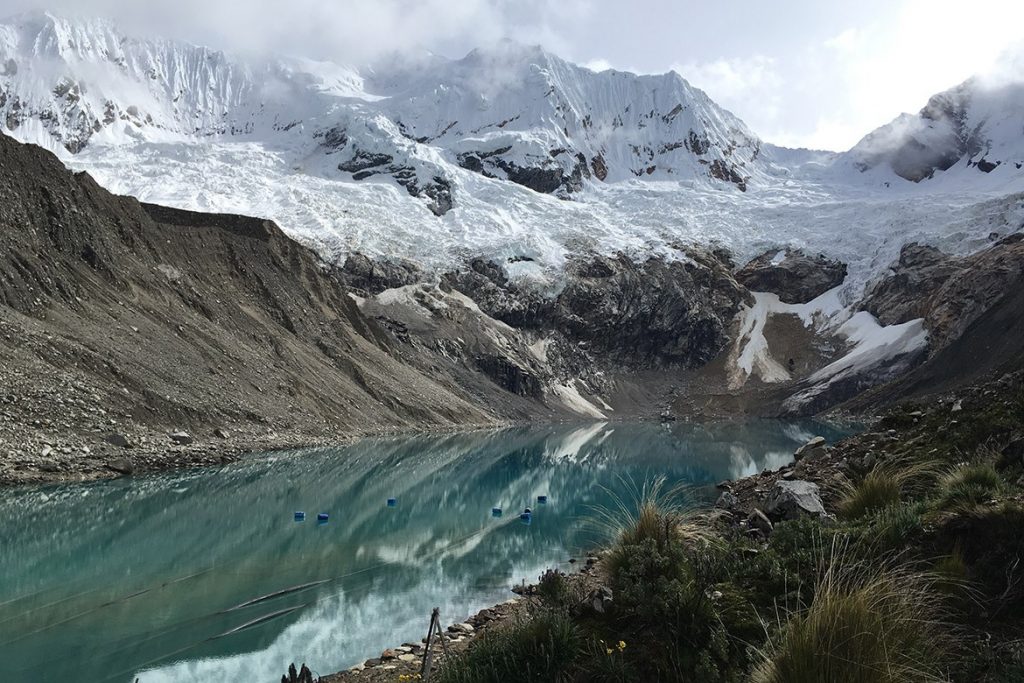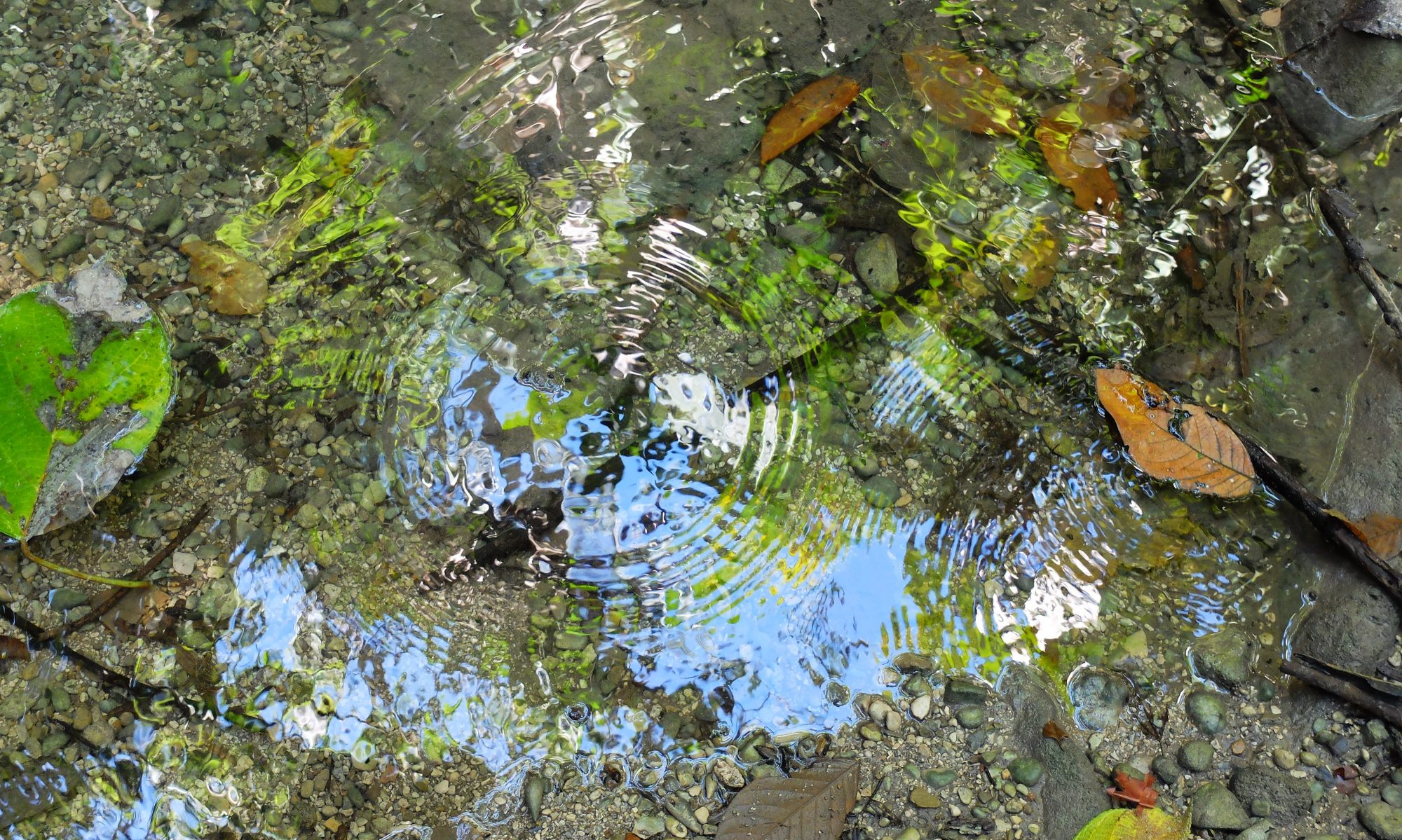Post by Simon Cook
On Sunday 22nd March it was World Water Day, and this year’s theme was ‘water and climate change’. To honour the event, we are publishing five blog posts exploring different sides of the multifaceted relationship between water and climate change. Each post highlights research at the Centre that touches on these, some of the most urgent problems facing humanity today. Today’s post considers how climate change is altering the extent of the world’s cold regions, and the implications of this for human societies.
Ice is found in different forms in the Polar and high-mountain regions of the Earth. Glaciers form on land where snow accumulates and is compressed by the weight of overlying snow to form firn, and then ice. By definition, a glacier must flow. The weight of the glacier is pulled down-slope under the influence of gravity. Whereas glaciers are confined to valleys, ice sheets can envelope entire continents. Today, there are two ice sheets on Earth: Greenland and Antarctica (although Antarctica is itself composed of two ice sheets – East and West – and a glaciated Peninsula). Parts of Antarctica are buttressed by floating ice called ice shelves. Free-floating sea ice, such as at the North Pole, is created when sea water freezes. On land, beyond the glacier margins, it is common to find permafrost – frozen soil and rock. Permafrost is particularly prevalent in the high-Arctic in places like Canada and Russia.
The higher temperatures associated with climate change are causing the Earth’s ice to melt or thaw. Meltwater flowing into the oceans contributes to sea level rise. Melting also changes the rapidity of glacier flow, as it lubricates the base of the glacier and enhances sliding. Where glaciers meet the ocean, warming ocean temperatures also cause rapid glacier recession through enhanced calving. Faster ice and more rapid melting mean that more water is discharged to the oceans, contributing to higher relative sea levels. Sea level rise poses a significant threat to coastal communities worldwide, although its effects are uneven and complex.
Feedbacks in the cryosphere-climate system mean that changes to ice cover can amplify the pace of change. In particular, the sea ice of the North Polar region has a high albedo, which means that it reflects a high proportion of the Sun’s energy. This albedo effect acts to cool the planet. As the ice melts, the effect is reduced, which contributes to global warming.

In mountainous areas, some communities rely on seasonal glacial meltwater for consumption and hydropower. In the short-term, they can harness the increased levels of meltwater caused by climate change, but in the long-term, as glaciers recede, their water supplies are threatened because glaciers become too small to sustain the same levels of meltwater discharge. In some cases, the initial increase in meltwater also poses a flood risk to downstream communities if it ponds in lakes, which can burst.
